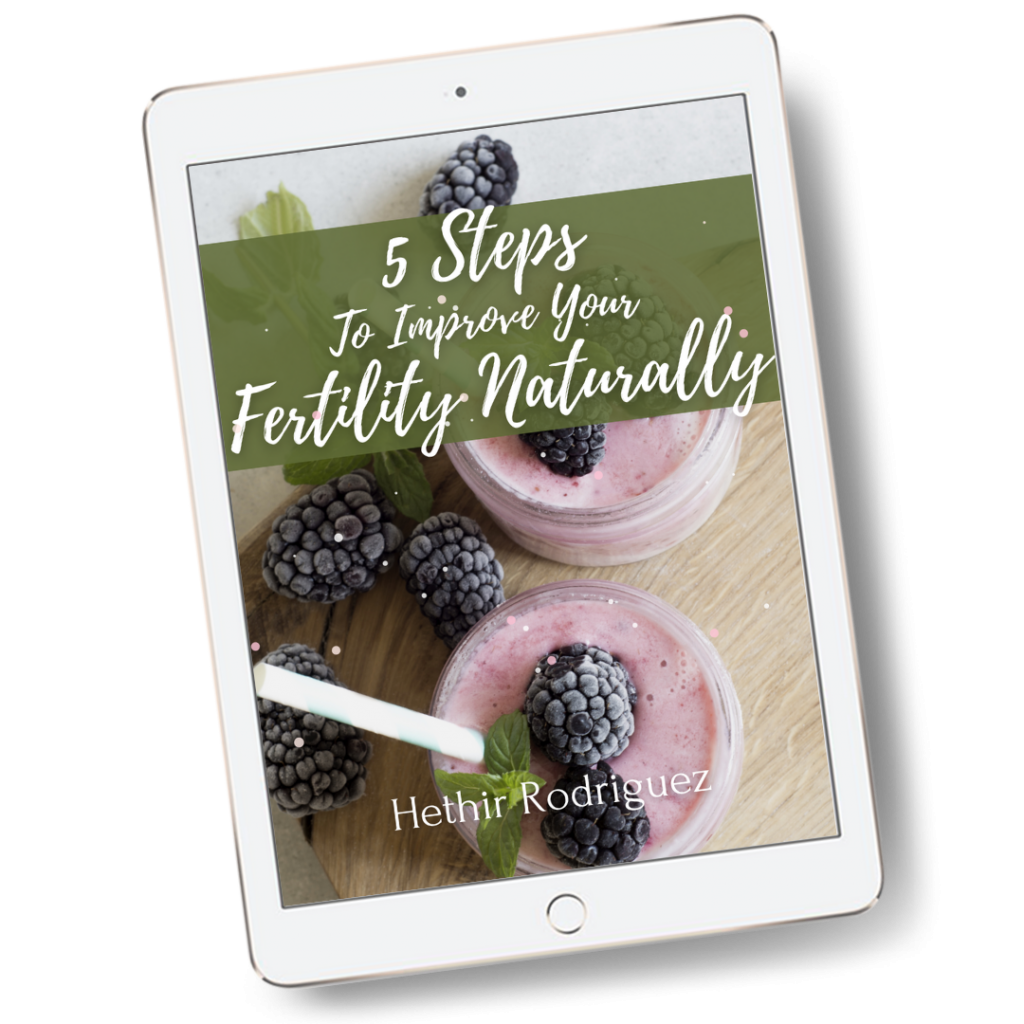Pregnancy is such a wonderful time of life for women and their families. This article will discuss what you should know about cervical health to ensure a healthy, term pregnancy. Genetics, cervical injury, surgical procedures, and sexually transmitted infections can affect your cervical health and put you at risk for preterm labor (PTL), pre-labor premature rupture of membranes (PPROM), and incompetency of the cervix during pregnancy.
Cervical Health
Regular cervical pap-smears have been the standard of care for many years now. Although the time between exams may vary, the screening still remains important to the health of your cervix and reproductive organs. Consult your provider to assess when, and how often, you should have cervical screening performed.
Risks for Cervical Impairment
Deviations from normal health of the cervix can have multiple causes. The damage or impairment can range from benign to severe and determine the viability of maintaining pregnancies.
Genetics
Genetics can play a role in cervical health. There are disorders that affect the connective tissue, collagen, and that may declare the cervix incompetent to maintain a pregnancy (Mayo Clinic, 2012.)
Injury
Obstetric trauma, such as cervical lacerations, may occur with delivery of an infant. This may affect the competency of the cervix. A previous dilation and curettage (D&C) could also have caused structural damage to the cervix. (Mayo Clinic, 2012)
Sexually Transmitted Infections
Some sexually transmitted infections (STI) can cause scarring on the cervix and other vaginal/ovarian structures. It is important to treat any infections promptly to preserve not only cervical health, but also the ability to conceive.
- Chlamydia is an STI that, if left untreated, may progress into pelvic inflammatory disease. As a result, it can permanently damage a woman’s reproductive system and cause chronic pain, inability to get pregnant, and cause an ectopic pregnancy (pregnancy outside of the uterus) (CDC, 2014.)
- HPV can cause wart-like lesions that can potentially migrate up to the cervix (called dysplasia). This requires treatment to remove the dysplasia (see below) and these procedures may cause scarring and cause problems during labor, inhibiting the cervical dilation. Also, if the warts block the birth canal, a cesarean section (C-section) may be necessary (Office on Women’s Health, U.S. Department of Health and Human Services 2012.)
- Pelvic Inflammatory Disease (PID) if left untreated, or you experience multiple infections, can cause permanent damage to your entire pelvis and reproductive system. This may impede your ability to get pregnant as well as causing cervical trauma and damage.
Procedures that Affect Cervical Health
Intracervical procedures are associated with preterm birth (Watson, Rayner, King, Jolley, and Forster 2012) Cervical Conization, Loop Electrosurgical Excision Procedure (LEEP), Large Loop Excision of the Transformation Zone (LLETZ), and dilation & curettage (D&C) are various types of procedures that are performed to remove cervical precancerous/cancerous cells on the cervix. These procedures, although very important, carry risks of causing preterm labor (PTL), pre-labor premature rupture of membranes (PPROM), and incompetent cervix. This is significant for women planning for pregnancy who are at risk for needing these procedures. Consult with your provider to understand all of your options to treat cervical cell changes.
Cervical Conization is a diagnostic and treatment procedure for abnormal cells on the cervix. This procedure is performed by an OB or trained NP/midwife. They use a scalpel or laser to remove a cone-shaped piece of the cervix containing the area with abnormal cells. This procedure, as with all procedures that require removal or disruption of tissue, may cause scarring of the remaining tissue. A study done by Albrechtsen, Rasumussen, Thoresen, Irgens, and Iversen, in 2008, discusses the increased risk of preterm labor and delivery in the early gestational age group.
Loop excision procedure (LEEP) is a similar procedure as conization but it removes more tissue. This, too, is associated with the risks of very preterm delivery (Watson, Rayner, King, Jolley, and Foster 2012.)
Large loop excision of the Transformation Zone is another procedure that is performed on the cervix to remove a portion of the cervix itself. A study performed by Khalid et. al. in 2012, reveals that the women who have had excising deeper than 1.2 cm and larger than 6 cm have a three-fold increase in risk for PTL compared to smaller specimens. It also increased the risk of PPROM.
Supporting the Health of the Cervix
It is important to understand the ways to prevent the need for these procedures and maintain a healthy cervix.
- Prevention. Maintaining a healthy immune system through healthy eating, regular exercise, adequate sleep, and stress relief will help boost your immune system.
- Partners. Choosing your partners wisely and using protection such as condoms can be an important way to prevent infections. Condoms don’t prevent HPV, though they do prevent other STIs such as chlamydia.
- Treatment. When you have any type of vaginal infection, you should see your provider to assure prompt and adequate treatment to prevent any permanent damage from occurring.
- Douching. AVOID IT! Your body maintains a perfect environment for vaginal health. By douching, you disrupt the good bacteria and increase your risk of infections. Let your body do what it knows best. You may also eat active culture yogurt or take acidophilus to maintain the good vaginal bacteria “lactobacilli”.
- Screenings. Have regular pap-smears to maintain cervical health. The times to be screened are every 3 years, starting at age 21, and if you have had multiple partners or have recently changed partners, even if you have had negative tests previously.
- Vaccinations. Talk to your healthcare provider about the vaccines Cervarix and Gardasil that can protect men and women from certain types of HPV, known to cause more severe cervical cancers. These vaccines do not reduce the risk of other types of STIs.
Always consult your provider to find out what will work best for you.
- Albrechtsen, S., Rasmussen, S., Thoresen, S., Irgens, L. M., & Iversen, O. E. (2008). Pregnancy outcome in women before and after cervical conisation: Population based cohort study. Bmj, 337(Sep18 1). doi:10.1136/bmj.a1343. Retrieved from: https://www.bmj.com/content/337/bmj.a1343/related
- Human Papillomavirus (HPV). (2017, November 16). Retrieved from: http://www.cdc.gov/std/hpv/stdfact-hpv.htm
- Sjøborg, K. D., Vistad, I., Myhr, S. S., Svenningsen, R., Herzog, C., Kloster-Jensen, A., . . . Tanbo, T. (2007). Pregnancy outcome after cervical cone excision: A case-control study. Acta Obstetricia Et Gynecologica Scandinavica, 86(4), 423-428. doi:10.1080/11038120701208158. Retrieved from: https://obgyn.onlinelibrary.wiley.com/doi/abs/10.1080/11038120701208158
- Khalid, S., Dimitriou, E., Conroy, R., Paraskevaidis, E., Kyrgiou, M., Harrity, C., . . . Prendiville, W. (2012). The thickness and volume of LLETZ specimens can predict the relative risk of pregnancy-related morbidity. BJOG: An International Journal of Obstetrics & Gynaecology, 119(6), 685-691. doi:10.1111/j.1471-0528.2011.03252.x. Retrieved from: https://obgyn.onlinelibrary.wiley.com/doi/full/10.1111/j.1471-0528.2011.03252.x
- Incompetent cervix. (2018, May 04). Retrieved from: https://www.mayoclinic.org/diseases-conditions/incompetent-cervix/symptoms-causes/syc-20373836
- Office on Women’s Health, U.S. Department of Health and Human Services (2012). Human papillomavirus (HPV) and genital warts. Retrieved from: https://www.womenshealth.gov/files/documents/human-papillomavirus-factsheet.pdf
- Watson, L. F., Rayner, J., King, J., Jolley, D., & Forster, D. (2012). Intracervical procedures and the risk of subsequent very preterm birth: A case-control study. Acta Obstetricia Et Gynecologica Scandinavica, 91(2), 204-210. doi:10.1111/j.1600-0412.2011.01322.x Retrieved from: https://obgyn.onlinelibrary.wiley.com/doi/abs/10.1111/j.1600-0412.2011.01322.x





